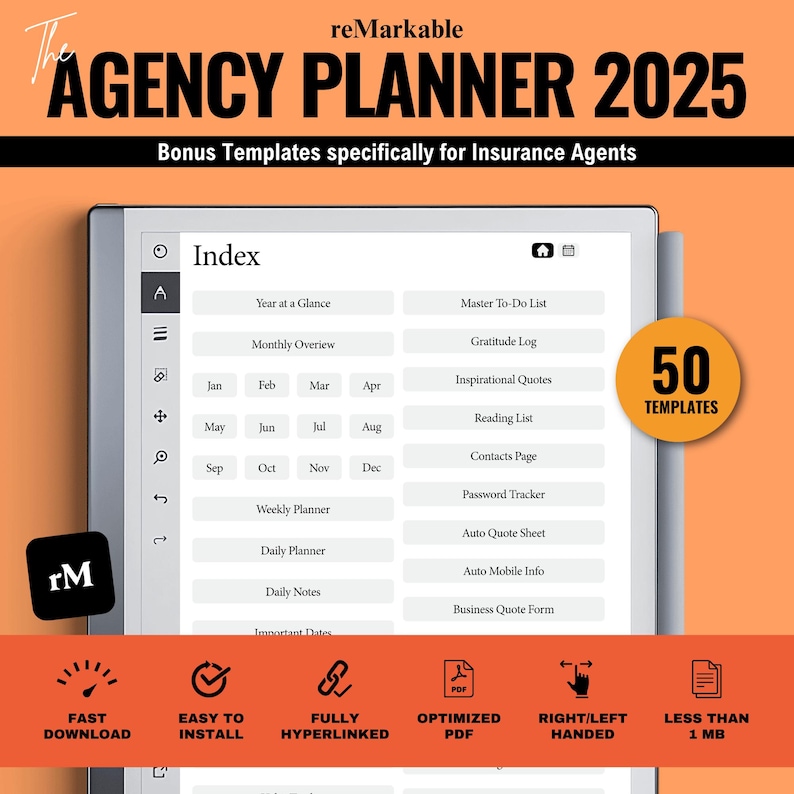When it comes to protecting your boat, having the right insurance policy is essential—but that protection often comes with important conditions you need to understand. One key aspect that many boat owners overlook is the navigational limits specified in their insurance agreements. These limits define where and how far your vessel can legally travel while remaining covered. In this article, we’ll explore what navigational limits are, why they matter, and how they can impact your coverage. Whether you’re a seasoned sailor or a new boat owner, gaining a clear understanding of these boundaries will help ensure that your insurance policy truly serves your needs on the water.
Table of Contents
- Navigational Limits Defined Explaining Boundaries and Coverage Areas
- Common Types of Navigational Limits and Their Impact on Policyholders
- Assessing Risks Associated with Extended Navigational Areas
- Practical Tips for Choosing the Right Navigational Limits for Your Boat Insurance
- To Wrap It Up
Navigational Limits Defined Explaining Boundaries and Coverage Areas
Common Types of Navigational Limits and Their Impact on Policyholders
When it comes to boat insurance, understanding the navigational limits outlined in your policy is crucial for both coverage and compliance. These limits typically define the geographical boundaries within which your vessel can be operated legally and remain insured. Common types of navigational restrictions include:
- Inland Waters Only: Coverage applies strictly to lakes, rivers, and canals, excluding any ocean or coastal use.
- Coastal Limits: Specifies a maximum distance from the shoreline (e.g., 10 miles offshore), allowing some open-water navigation but not extended sea voyages.
- Specified Bodies of Water: Coverage is limited to named lakes, bays, or regions, often requiring exact location details in the policy.
- International Waters: Usually excluded unless explicitly included, as crossing borders can void the insurance or require additional endorsements.
Failing to adhere to these navigational limits can have significant consequences. If the vessel is operated outside the permitted zones, policyholders risk denial of claims, leaving them financially vulnerable in the event of an accident or loss. Moreover, insurance companies may cancel or refuse to renew policies if boundaries are consistently breached, potentially increasing premiums or limiting future coverage options. It’s essential for boat owners to communicate their intended usage with insurers upfront to secure appropriate navigational coverage that aligns with their boating habits.
Assessing Risks Associated with Extended Navigational Areas
When venturing beyond familiar waters, the complexity of potential dangers multiplies, making it essential to thoroughly evaluate the risks involved. Extended navigational areas often expose boaters to unpredictable weather patterns, increased mechanical strain, and limited access to emergency services. Insurance providers scrutinize these factors closely, as they significantly influence the likelihood of claims and policy costs. Understanding these risks means considering variables such as proximity to shore, available rescue resources, and the nature of maritime traffic, all of which can dramatically alter your insurance requirements.
Key considerations include:
- Weather variability: Long-distance routes often pass through diverse climatic zones, increasing the chance of severe sea conditions.
- Mechanical reliability: Extended trips place additional wear on engines and equipment, heightening the risk of breakdowns far from assistance.
- Emergency response times: Remote areas typically experience delayed rescue operations, raising stakes for personal safety.
- Navigation challenges: Unfamiliar or poorly charted waters demand greater skill and vigilance, with mistakes potentially leading to costly accidents.
By carefully assessing these aspects, boat owners can better negotiate insurance terms and select policies that provide sufficient coverage, ensuring peace of mind during extended voyages.
Practical Tips for Choosing the Right Navigational Limits for Your Boat Insurance
When selecting navigational limits, it is crucial to not only consider where you plan to take your boat but also where unforeseen circumstances might lead you. Assess your typical routes along with any occasional longer trips, and be honest about how far offshore or up rivers you might venture. Narrow limits can reduce premiums but risk leaving you uninsured if you stray outside the defined area. Conversely, broader navigational zones offer greater protection but usually come at a higher cost. Balancing safety and affordability is key to ensuring your policy truly reflects your boating habits.
Keep the following points in mind as you make your decision:
- Understand local regulations: Verify if certain waterways require specific insurance coverages or restrictions.
- Consider seasonal and weather factors: Some areas may become inaccessible or riskier depending on the time of year.
- Talk to your insurer: Clarify exactly how they define navigational limits and what documentation is needed if you change your boating patterns.
- Review your vessel’s capabilities: Larger boats generally warrant wider limits due to their range and intended use.
To Wrap It Up
In today’s ever-evolving boating landscape, understanding navigational limits in your boat insurance policy is more important than ever. These boundaries not only define where your vessel is covered but also shape the scope of your protection in case of unexpected events. By taking the time to carefully review and comprehend these limits, you can avoid costly surprises and ensure that your coverage aligns with your boating plans. Whether you’re cruising local lakes or exploring distant shores, staying informed about navigational restrictions empowers you to navigate both the waters—and your insurance policy—with confidence. Remember, a well-informed boater is a safer—and better protected—boater.






